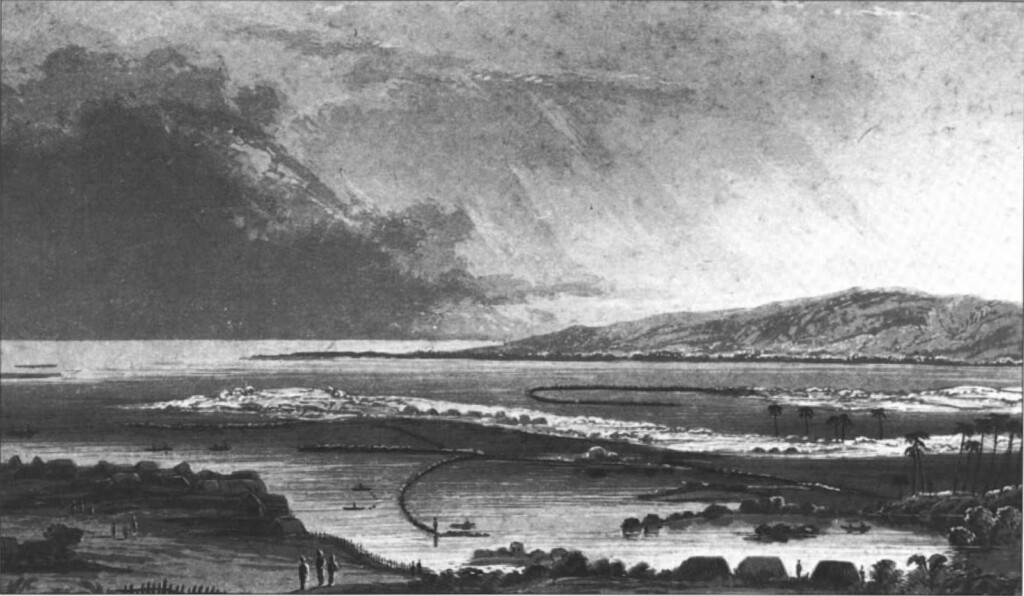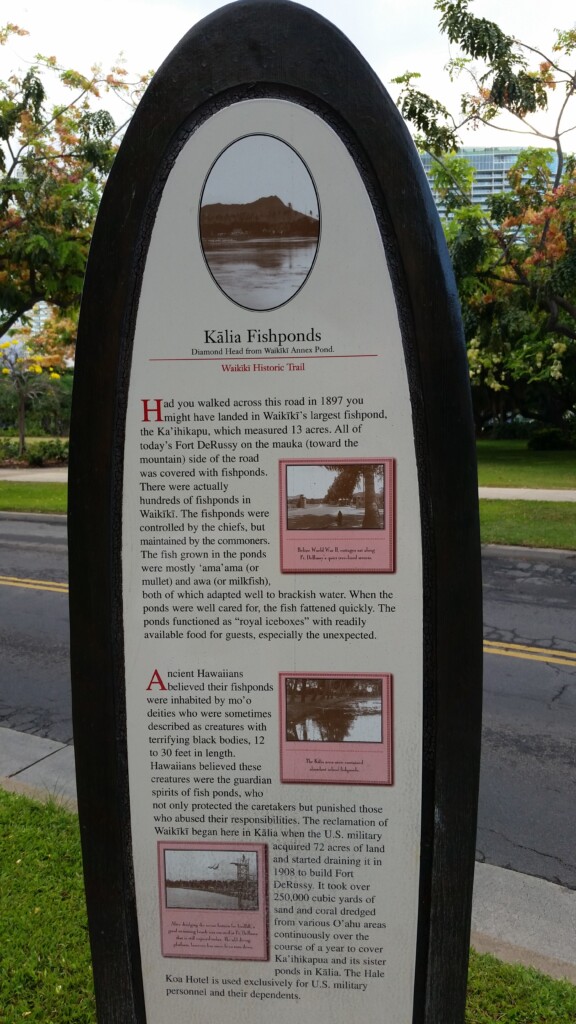May 16, 2020 — The U.S. Army plans to improve pedestrian safety and outdoor lighting at Fort DeRussy, and is seeking public input on its proposed commitment to avoid or reduce effects to cultural resources during the construction.
The Army projects involve modifying the intersection of Kālia and Maluhia roads to improve pedestrian safety, and replacing the outdated lighting system and light poles, or high mast lighting, across Fort DeRussy Military Reservation.
“Fort DeRussy is an archaeological district, and we’ve been consulting closely with Native Hawaiian Organizations to hear and understand their concerns about the work,” said Richard Davis, program manager, U.S. Army Garrison Hawaii Cultural Resources Program. “Through these discussions we’ve drafted a plan called a memorandum of agreement outlining how the Army will avoid, minimize and mitigate any potential effects from the project work.”
“We’re at a point now where the draft is ready to share with the public, and we welcome their feedback,” Davis added.
The Army has documented much of Fort DeRussy as archaeological district because of the presence of traditional Hawaiian cultural material buried there. The urban setting of today was once a traditional Hawaiian aquaculture complex of ponds, or loko, and channels, or ʻauwai. Native Hawaiian remains and archaeological materials have been found buried in the sandy soils around the fringes of the former loko and ʻauwai.
“The Army has a responsibility to protect against impacts to this significant archaeological district, just as it has a responsibility to improve safety for the community today,” Davis said.
The draft memorandum of agreement and project descriptions are available online at https://home.army.mil/hawaii/index.php/culturalresources, under the “Section 106 Consultation & Public Notices” tab.
Comments are being solicited through May 24, in accordance with Section 106 of the National Historic Preservation Act. Comments can be submitted via email to: usarmy.hawaii.crmp@mail.mil; or by mail: USAG HI Environmental Division, ATTN: Fort DeRussy MOA, 947 Wright Ave., Schofield Barracks, HI 96857.
Anyone with questions should contact the U.S. Army Garrison Hawaii Cultural Resources Program at (808) 655-9709.
The Army intends to finalize the memorandum of agreement this summer in compliance with its National Historic Preservation Act responsibilities.
___________________________________________________________________________________
ABOUT THE CULTURAL SIGNIFICANCE OF THE SITE
Ft. DeRussy was developed on dredged land, what was once the fishponds at Kālia. According to historian Peter Young, “During traditional times, the ponds were used to farm fish, usually for the Hawaiian Ali‘i (royalty). The ʻamaʻama (mullet) and the awa (milkfish) were the two types of fish traditionally raised in the ponds.
Kālia was once renowned for the fragrant limu līpoa, as well as several other varieties of seaweed such as manauea, wāwaeʻiole, ʻeleʻele, kala and some kohu”. From his blog, Ho‘okuleana [read more]
Other reference sources:
Kalia, Historic Cultural Brief, dtl
“Waikīkī: A History of Forgetting & Remembering” by Gaye Chan and Andrea Feeser, University of Hawai’i Press, 2006.



